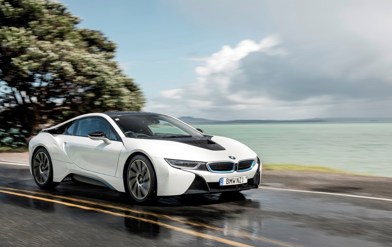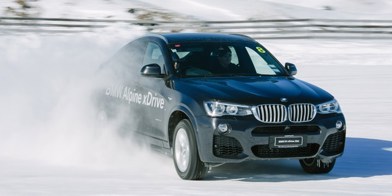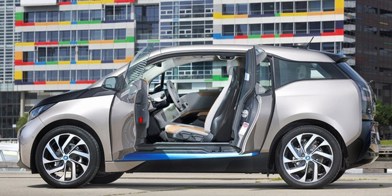In 1994, when Subaru launched the WRX locally, it fueled a new era. Instead of V8 Commodores and Falcons as the only recognised fast cars, here was a legitimate, compact, fuel injected, turbocharged, all-wheel drive pocket rocket that helped promote and push the new generation of 1980s and 1990s Japanese performance cars that didn’t have to live in the shadows of their bigger brothers, and picked up where Nissan’s cancelled Skyline GT-R arguably broke ground.
Fast forward almost 30 years, and the longer, wider and lower 2022 Subaru WRX is incredibly, thankfully still with us: with its iconic bonnet scoop, in largely similar form to the launch model, but on the verge of extinction, at least as we know it. This isn’t the death of the WRX, far from it, but this internal combustion engine model looks very likely like being the last iteration, before some form of electrification/hybrid power arrives.
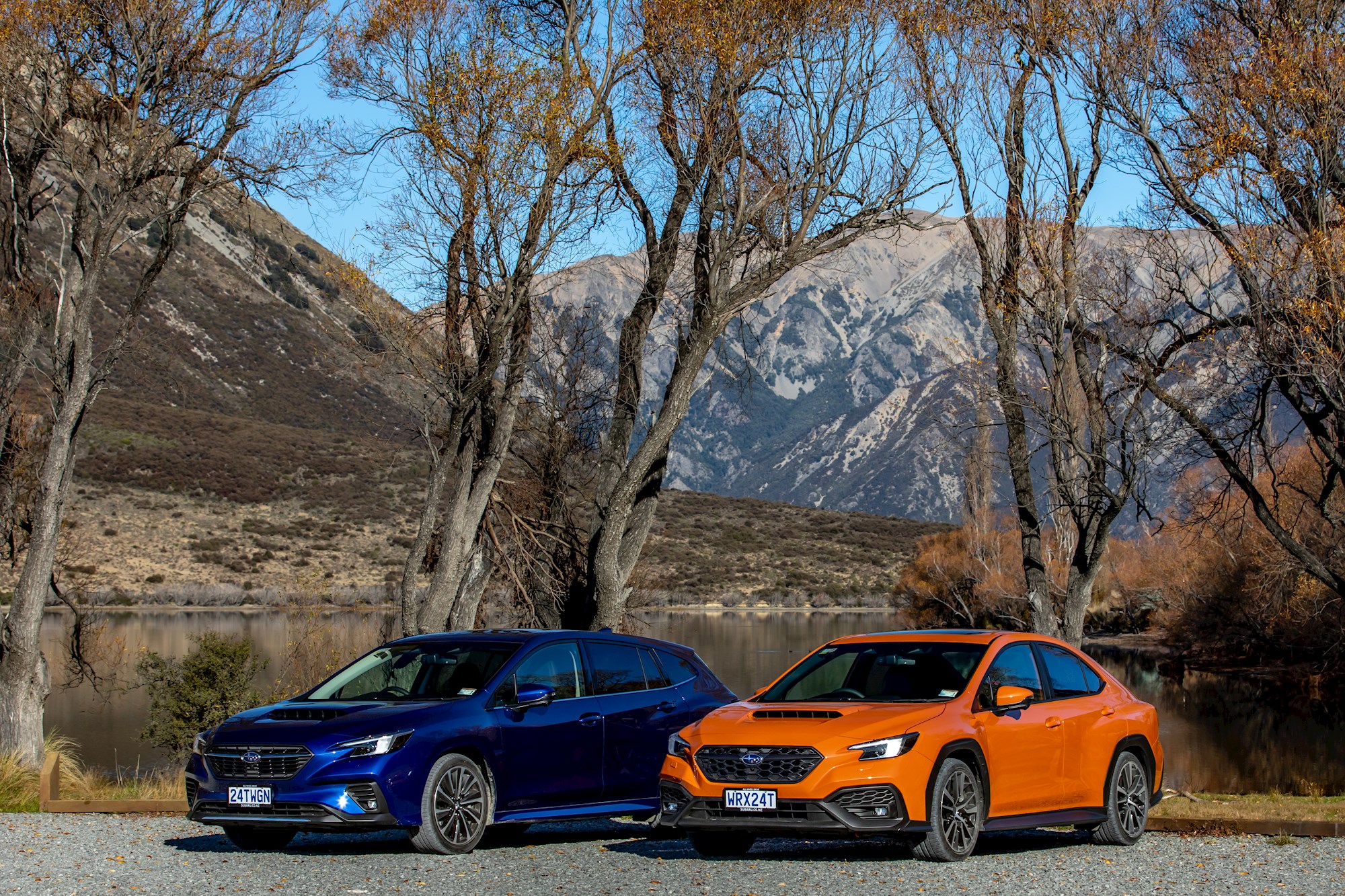
There’s plenty of evolution of WRX, of course, and this fifth-generation is in equal parts totally different to the first. In 1994, a manual five-speed gearbox was the only way to fly, in sedan (or an slightly ungainly wagon). Now, Subaru NZ MD Wal Dumper says, 99 per cent of all WRX sales are automatic, or “Lineartronic” in Subaru CVT speak. That is an incredible number, but there is hope within, as Sales Manager Wayne McClennan reports of the first 1000 online registrations of interest, and from the 50 WRXs pre-sold sight unseen, 5-6 of them are manuals: 10 per cent! Hopefully (maybe even), a touch of wishful influencing ordering…
Said Subaru NZ National Marketing Manager, Daile Stephens, on the day of the global reveal in October 2021, Subaru saw its most traffic in one day, for over two years. And since the price and specs and models were announced on April 5, buyers just want it - sight unseen.
A top-spec tS model in wagon is also expected to be the most popular, a spiritual/actual Levorg successor.
So the days of McRae, Burns, Sainz and Possum Bourne powering a 555 blue and gold-wheeled WRX around the rally stages of NZ, Catalunya or Corsica may be gone, but there is a strong lasting memory and legacy (pun not included) with the WRX that is inter-generational.
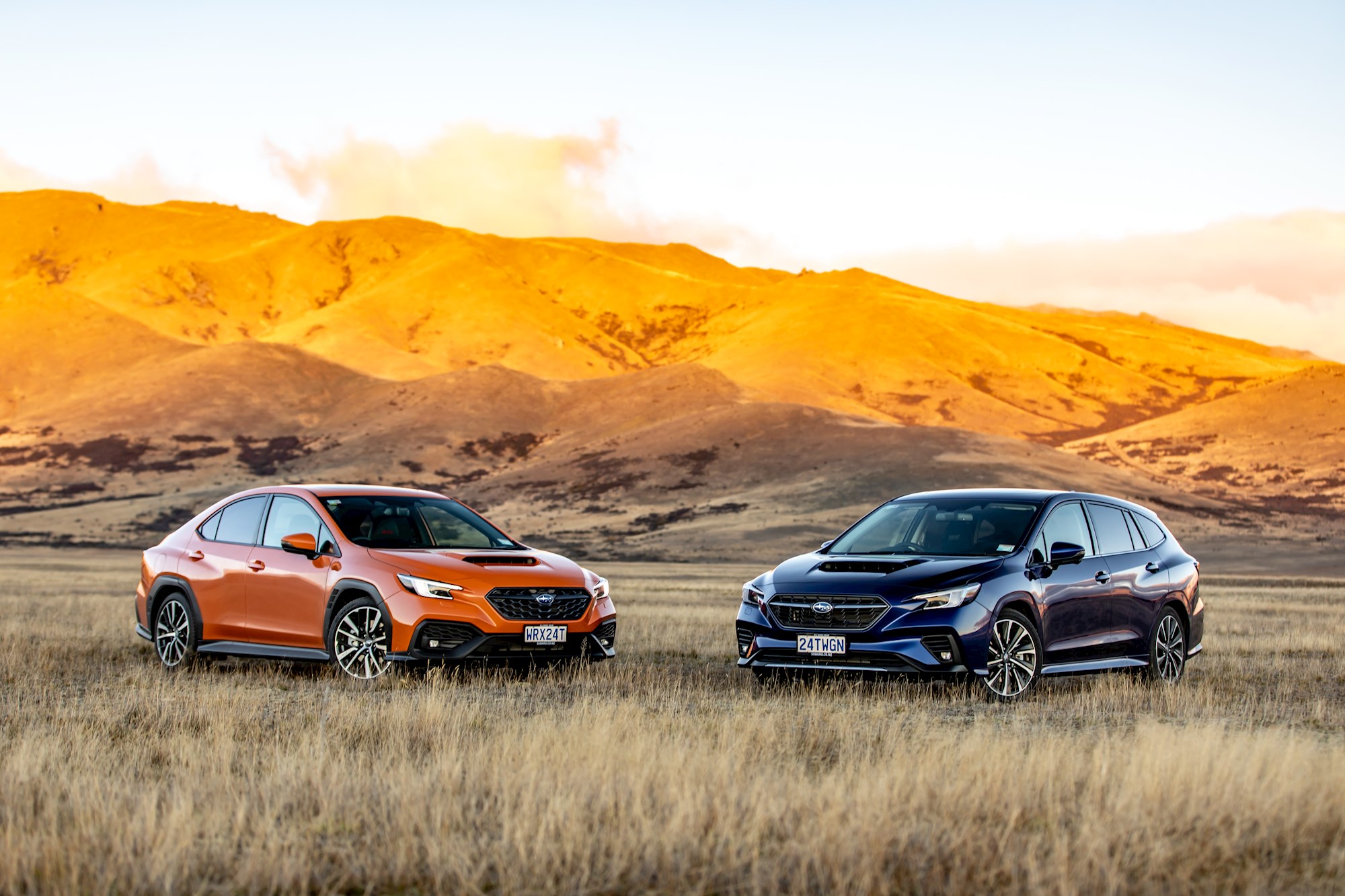
And as the years have grown, WRX’s needs and abilities have also evolved with the times. There will be no STI model, we’re assured, with the current model (previous-gen Saigo STI owners can breathe easy and watch their values increase), instead the top WRX models are badged tS, for tuned by STI. What this actually means, is the performance brand has waved its engineering magic over some engineering aspects, but the visibility is it’s little more than an STI speedo and badge on the steering wheel. #sad.
However, Subaru NZ has stated it will likely offer a specialized local model with STI parts such as interior, body kit and strut brace offerings… no performance upgrades, sorry. And that’s how the next model electrified factory STI might also be. #alsosad
But as WRX has narrowed the gap to STI over the years, it’s stepped up its game. Previously, STI started with 206kW, up to 221kW. Now, even the humble WRX, once a 2.0, then up to 2.5, has settled at 2.4-litres, still a horizontally opposed four-cylinder boxer. It lost its soulful barking character in the mid-2000s, but WRX has managed to now offer almost 40 per cent more power than its first gen, with 202kW and 350Nm, at a relaxed 0.6 bar/9psi boost (tuners will know that’s good news).
There’s a neat division in pairs for the WRX range: two body styles (2.4T sedan and GT wagon), two variants of each: (sedan in Premium and tS; GT wagon in Premium and tS) and a mix of bespoke offerings in specific models (manual in Premium sedan only, there’s a track mode, and only automatics get auto reverse braking, to avoid silly carpark damage).
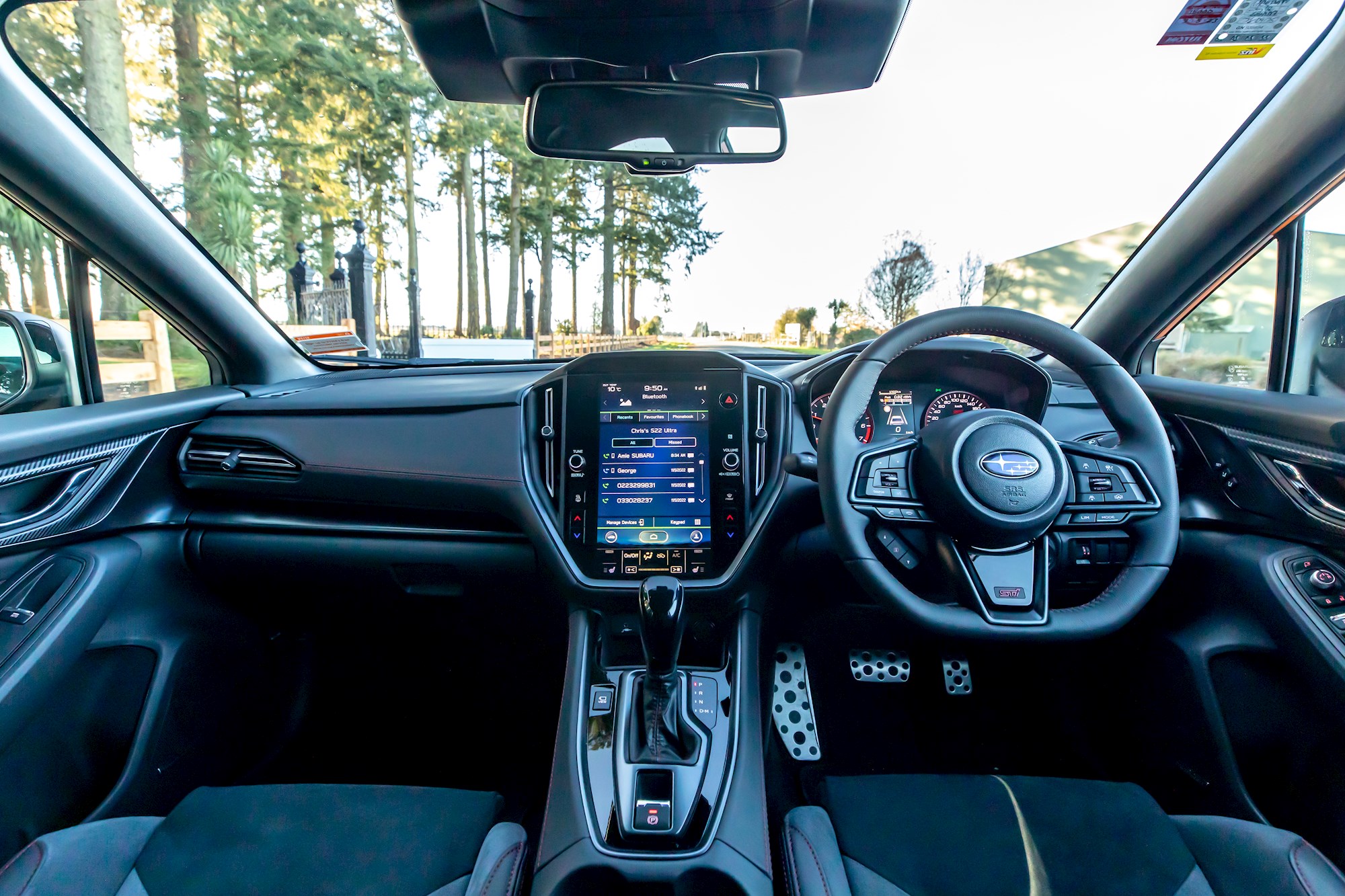
A revised 11.6in touchscreen infotainment system is also a huge step up, with smartphone integration for CarPlay/Android and it’s a huge step up from the smaller screens dotted around the cabin.
Prices start from $59,990. Most popular will be the wagon, auto tS, says Subaru. Personally, I like the sedan, Premium auto which does a great job of masking its CVTness, but others on our launch drive program - from Antarctica (Christchurch) to Mt Cook, to Arrowtown, over two days - preferred the manual, despite it missing out on some tech like radar cruise and EyeSight safety tech and its higher fuel use. Few chose the wagon, due to its softer suspension tune, and slightly narrower, less assured Yokohama tyres… there was however universal love for the Dunlop tyres on the sedan that help sharpen the package.
There are also other ways to sharpen it, with the auto models offering a Mode button on the wheel for four presets, or a personalised custom setting, for things like steering feel, throttle response and suspension damping. And torque bias, to the rear, to also help steering response.
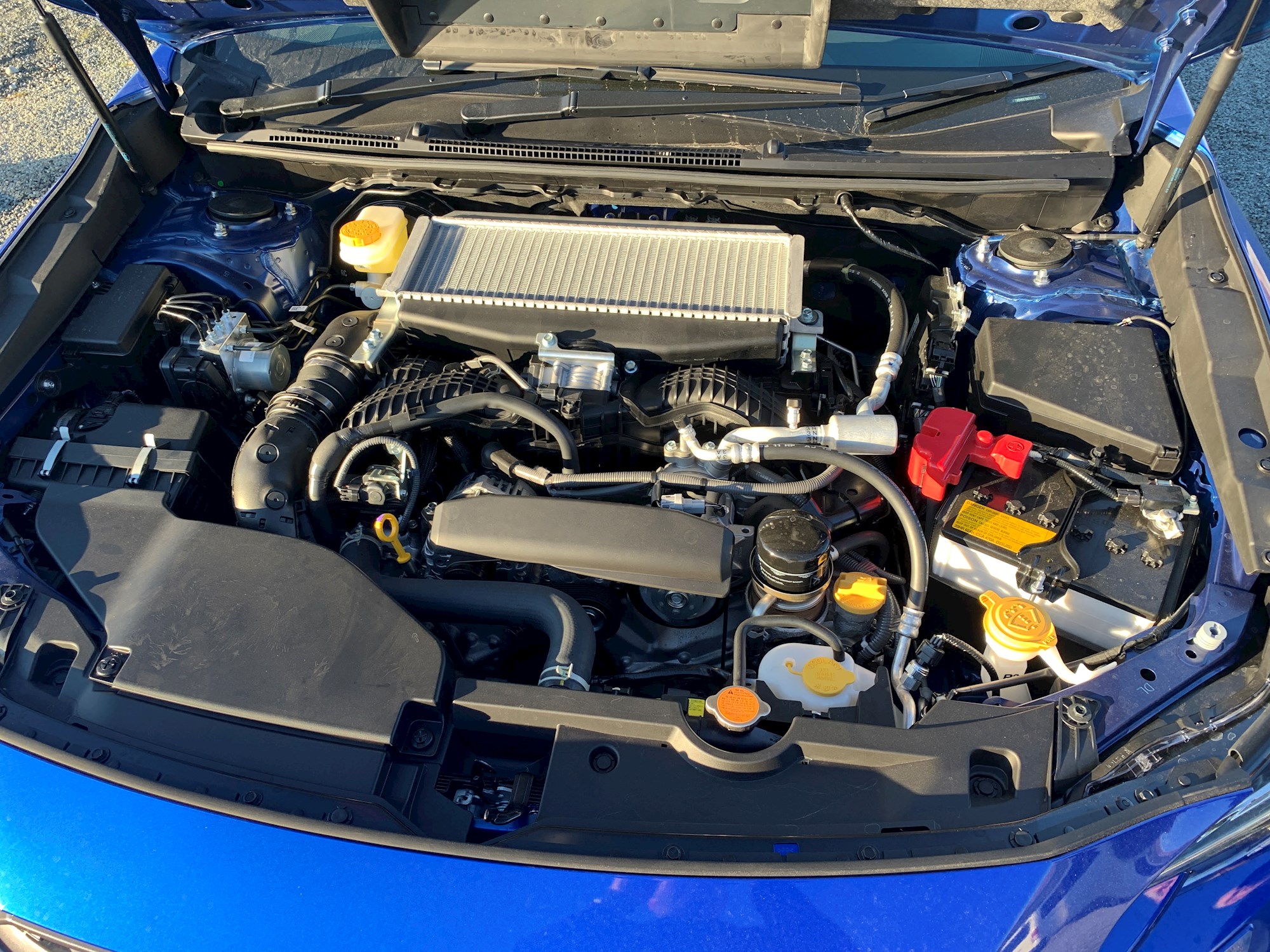
Either way, get in quick, because the prices are due to rise on January 1 2023, 2024, and 2025, for various government penalties against cars like this. And, admits Dumper, getting stock will be a problem. “We’ve got hundreds on the waiting list, lots pre-sold, and a real challenge ahead of us.
“We’re a top 12, they’ve [Subaru factory] tried to support us, and we’ve asked for another 20-30 WRXs… we’ll have the cars, but they’ll get dearer every year.”
On those feebates, WRX will be penalized around $1400 for the auto, and $3k for an oddly thirstier manual (9.9l/100km vs 8.5). And come January, brands will be charged more via the Clean Car Scheme, adding another $3-4k - another reason to get in quick.
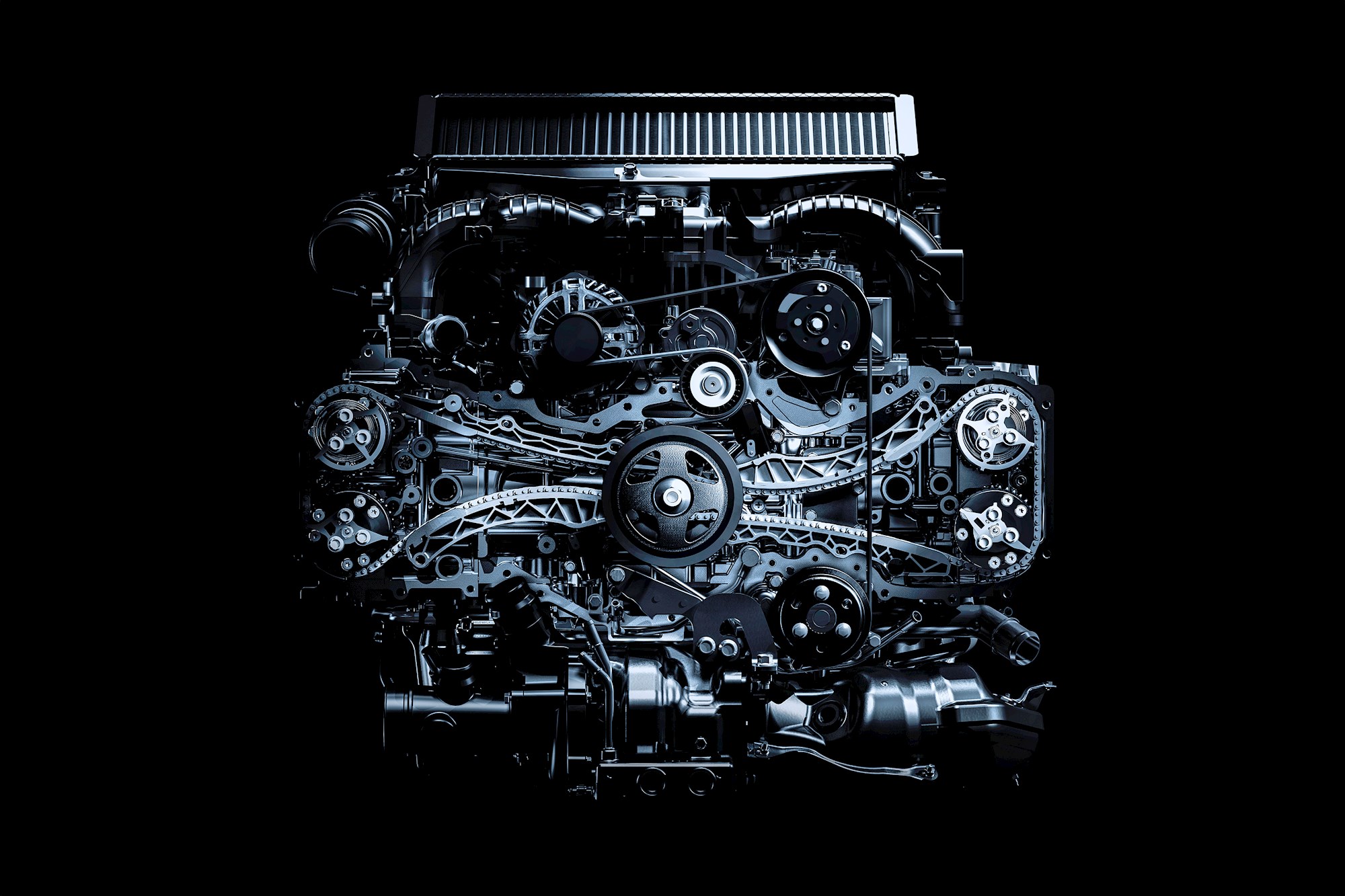
This is a market shifting, and cars like the WRX are being financially penalised, as will the likes of Forester and the looming Outback 2.4T due later this year, come 2023. The BEV Solterra, confirmed for 2023 but with models due in NZ very soon, will be Subaru’s first full electric vehicle that help financially offset all this ICE fun and excitement.
Currently, ICE cars still represent 82 per cent of new cars sales, though the number is gradually shrinking.
On our drive program, we sampled all models of WRX, from Christchurch to Arrowtown, and into the (auto only) wagon GT and tS models first, it’s a great, practical tourer. The engine and gearbox work really well together, and the ride quality is on the comfort side. There are options to firm up steering and suspension (in tS), but it prefers the softer approach, showcasing WRX’s 2022 abilities as an all-rounder. Sporty, but comfortable, it can wallow a little and lack some precision, but this is the softest of the WRX bunch.
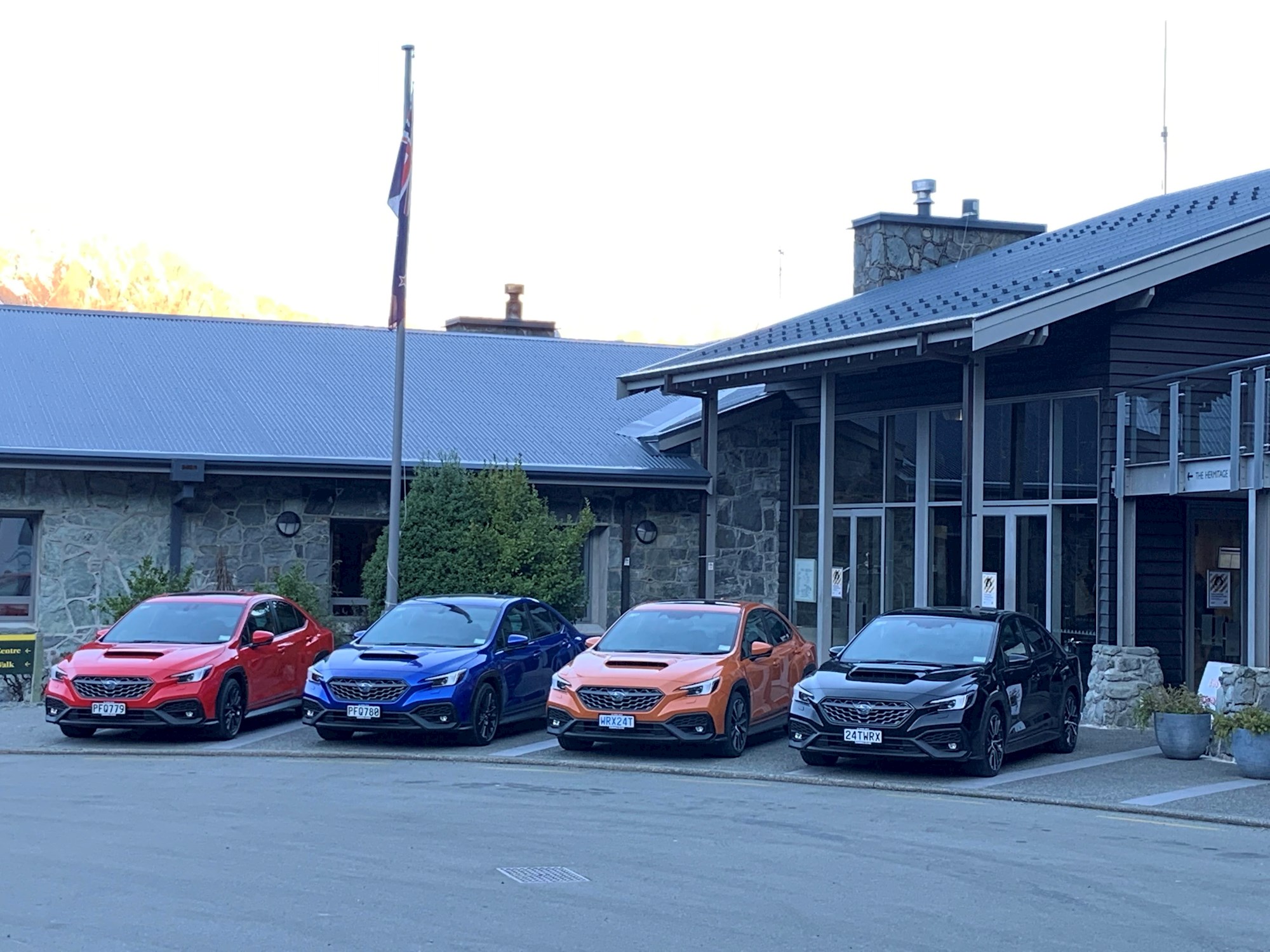
On day two, we slipped into the sedan, and with the option of manual, a short-ratio box from the previous WRX (not STI) with some mild upgrades, and here’s where it all comes together: with split decisions between manual or auto, the WRX sedan is a remarkably sharper, better driver’s car, and with the auto slicing through the eight gears, rev-matching downshifts (or the manual offering the short-ratio engagement - 2nd gear tops out at a low 82km/h), it’s a superbly involving drive, with the safety and luxury of now technology; at 2600rpm it’s at full boost, swings to 6000rpm, and retains that turbocharged nothing-then-all nature. Sadly, its iconic flat-four bark is even more distant.
There are some WRX elements whose days are numbered: manual gearbox is on the chopping block, the pure petrol engine is next, and the sedan variant could even be third in line.
For now, appreciate and love what we’ve got, while we’ve got it: a pure, rally-bred Subaru WRX with a turbocharged flat-four cylinder, all-wheel drive and a manual gearbox. Just like it was 30 years ago. #hooray.






























